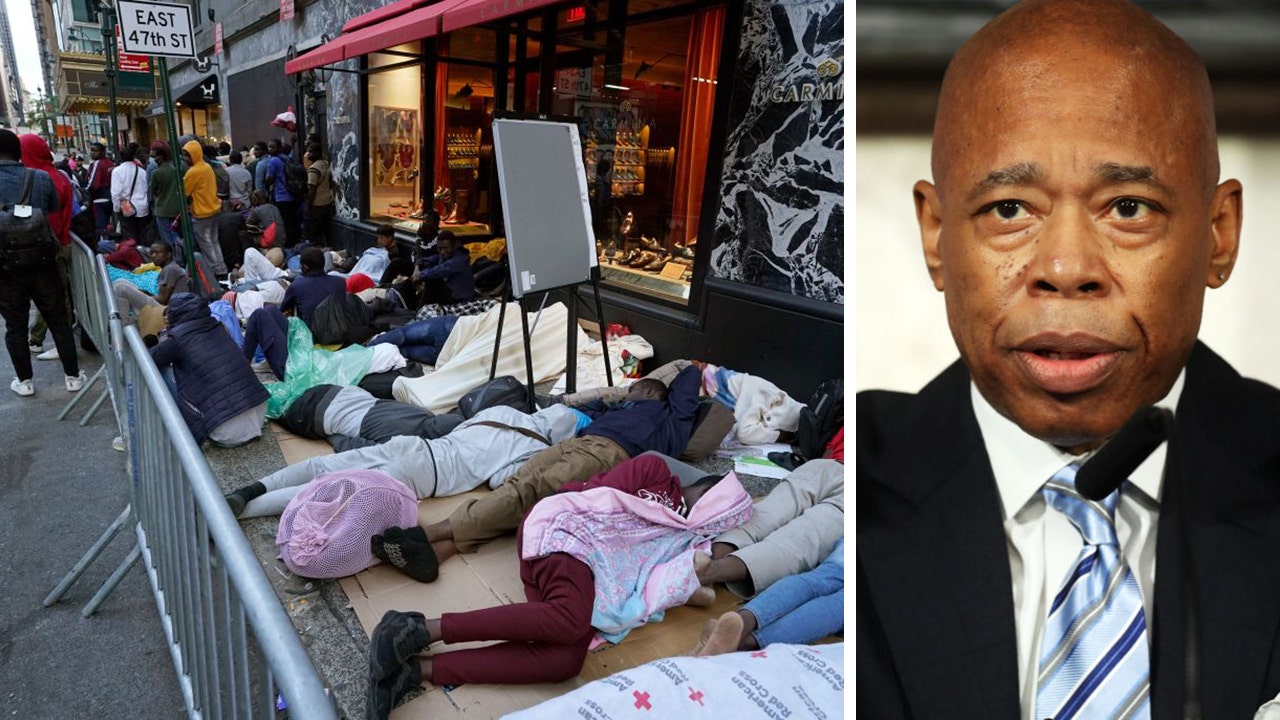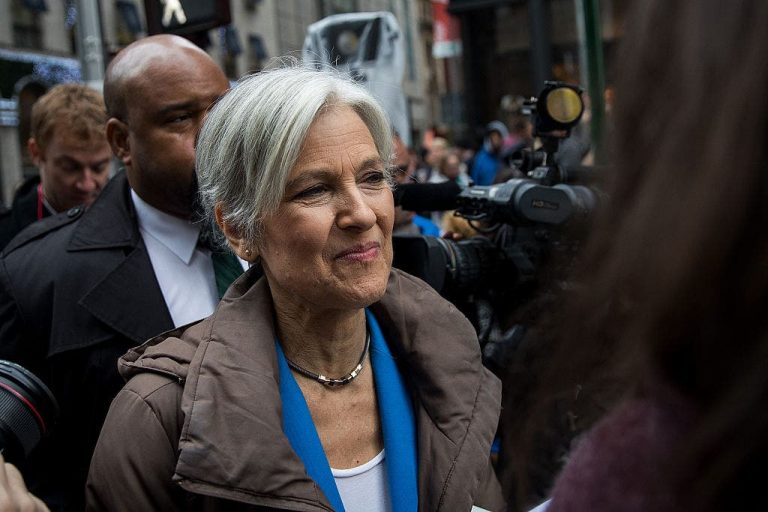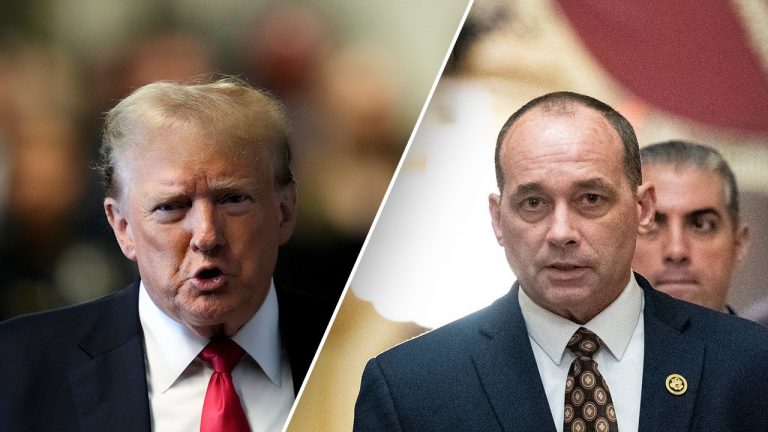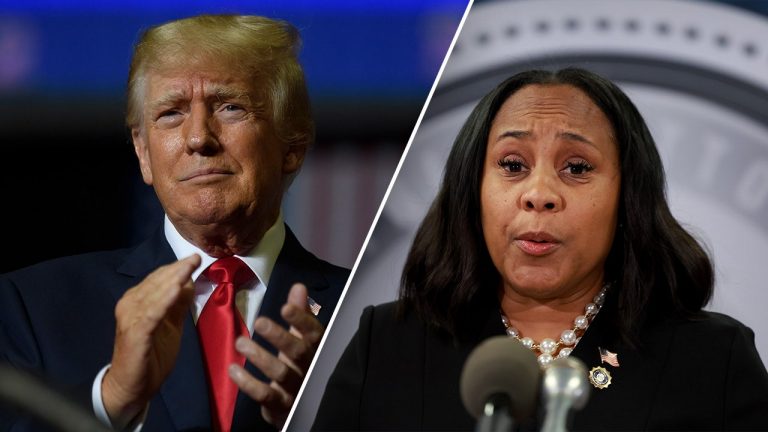Mayor suggests using migrants as lifeguards to solve city’s shortage
New York City Mayor Eric Adams made a bold proposal on Tuesday, suggesting that migrants should be allowed to work as lifeguards to address the city’s shortage in this crucial role. As Memorial Day approaches and summer looms ahead, the issue of lifeguard shortages has come to the forefront of discussions.
Adams emphasized the importance of tapping into the pool of talented individuals within the migrant and asylum-seeking community, highlighting their exceptional swimming abilities as a valuable asset that could be utilized to fill the lifeguard gap. He expressed frustration at the bureaucratic obstacles preventing these individuals from entering the workforce and contributing to essential roles like lifeguarding.
Beyond lifeguarding, Adams pointed out other occupations such as food service workers and nurses where the city may also face shortages. He underscored the mismatch between eligible individuals eager to work and the systemic barriers preventing them from doing so, labeling it as nonsensical and counterproductive.
The broader context of the migrant crisis in New York City was also brought into the conversation, with officials noting the significant influx of migrants entering the shelter system since 2022. The ongoing challenges posed by this crisis have spurred calls for additional funding, expedited work permits, and a cohesive national strategy to address the issue at its core.
While Adams’s proposal garnered support from some quarters, it also faced criticism from conservative voices online. Comparisons were drawn to Governor Kathy Hochul’s controversial remarks about black children in the Bronx, indicating a broader debate surrounding immigration, race, and employment opportunities in the city.
As the discussion continues to unfold, Mayor Adams’s call for integrating migrants into the lifeguard workforce serves as a focal point for confronting not just the immediate shortages but also the larger societal issues around immigration and labor participation. The intersection of policy, compassion, and pragmatic solutions is at the heart of this debate, shaping the city’s response to the complex challenges it faces.








